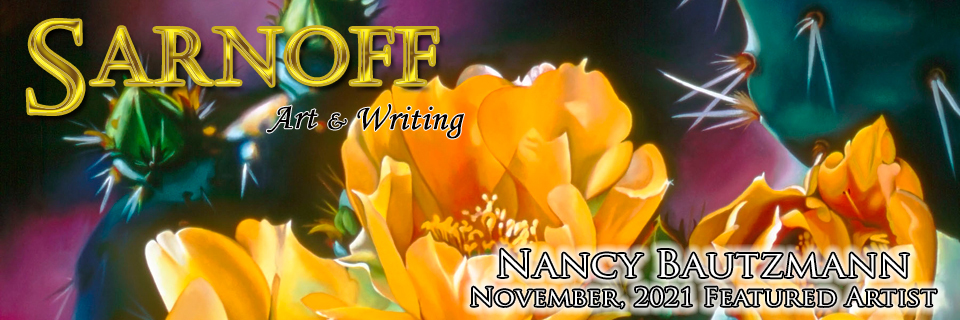The French word "giclée" is a feminine noun that means a spray or a spurt of liquid. The word may have been derived from the French verb "gicler" meaning "to squirt".
The term "giclee print" connotes an elevation in printmaking technology. Images are generated from high resolution digital scans and printed with archival quality inks onto various substrates including canvas, fine art, and photo-base paper. The giclee printing process provides better color accuracy than other means of reproduction.
Giclee prints are created typically using professional 8-Color to 12-Color ink-jet printers. At Sarnoff Art we utilize the Epson printer. The modern technology printers are capable of producing incredibly detailed prints for both the fine art and photographic markets. Giclee prints are sometimes referred to as Iris prints, which are 4-Color ink-jet prints from a printer pioneered in the late 1970s by Iris Graphics.
Giclee prints are advantageous to artists who do not find it feasible to mass produce their work, but want to reproduce their art as needed, or on-demand. Once an image is digitally archived, additional reproductions can be made with minimal effort and reasonable cost. The prohibitive up-front cost of mass production for an edition is eliminated. Archived files will not deteriorate in quality as negatives and film inherently do. Another tremendous advantage of giclee printing is that digital images can be reproduced to almost any size and onto various media, giving the artist the ability to customize prints for a specific client.
The quality of the giclee print rivals traditional silver-halide and gelatin printing processes and is commonly found in museums, art galleries, and photographic galleries.
|

